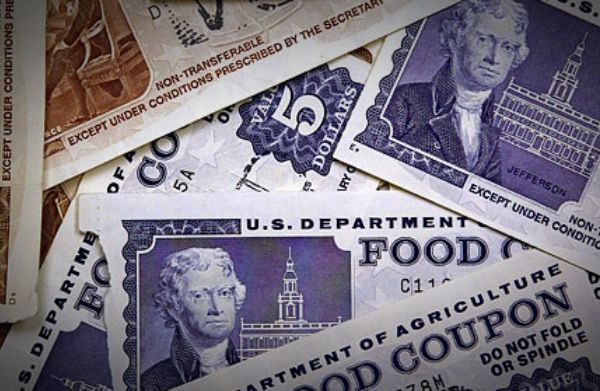Last week the USDA released results from its 2013 Food Security survey. The USDA defines food security as “access by all people at all times to enough food for an active, healthy life.” By that definition some 14.3 percent of Americans are food “insecure,” but those numbers don’t mean some 49 million people are necessarily going hungry. As James Bovard explains in the Wall Street Journal:
The USDA defines a "food insecure" household in the U.S. as one that is "uncertain of having, or unable to acquire, enough food to meet the needs of all their members because they had insufficient money or other resources for food" at times during the year. The USDA notes: "For most food-insecure households, the inadequacies were in the form of reduced quality and variety rather than insufficient quantity." …
In all likelihood these latest food “insecurity” figures will be spun into calls for more food stamps and government intervention. That would be big mistake, as Bovard explains:
Paradoxically, rising government dependency may in part explain rising food insecurity. A 2007 Journal of Nutrition study concluded that families receiving food stamps are over 50% more likely to be "food insecure" than similar households not on food stamps. In 2010, the Government Accountability Office reported that food-stamp participants "tend to be more food insecure" compared with eligible nonparticipants. A 2013 Harvard School of Public Health study also found that enrolling in the food-stamp program failed to significantly boost participants' food security or dietary quality. …
Unfortunately, the Obama administration is resisting disclosures that could explain the paradoxical relationship between food stamps and food insecurity. Seeking some clarity, Rep. Tom Marino (R., Pa.) introduced the SNAP Transparency Act last year to compel the USDA to disclose more information about what food stamps are used to buy. Mr. Marino said that "Congress has virtually no information to ensure that the program is operating effectively." The Association of Health Care Journalists, the National Association of Science Writers and other organizations have endorsed Mr. Marino's legislation, but Democratic lawmakers made sure it went nowhere.
Some Americans do indeed suffer from hunger, but the federal government has shed little light on the challenges they face. The National Academy of Sciences urged the USDA in 2006 to develop measurements of individual hunger instead of household "food security," but the USDA hasn't done so. More than 40 years after President Nixon declared war on hunger, the federal government still doesn't care to accurately measure the problem.


